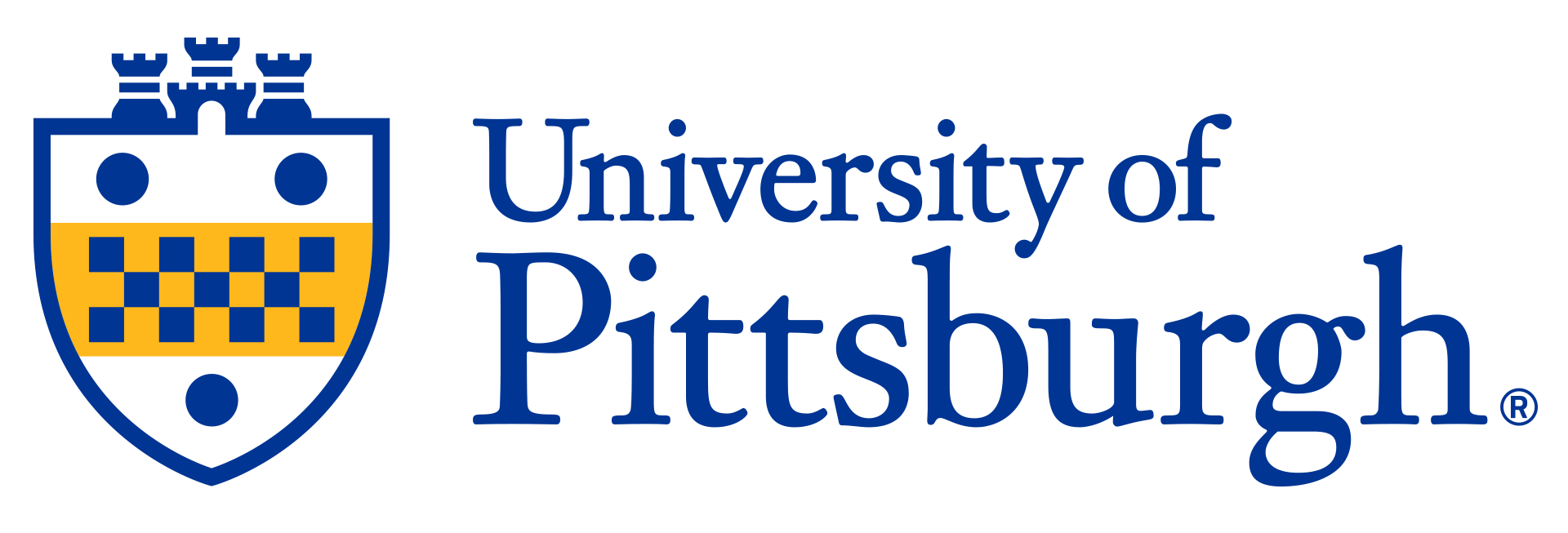

A Novel Therapeutic Target and Clinical Marker for Pulmonary Arterial Hypertension
Pulmonary arterial hypertension (PAH) is a highly morbid disease, characterized by progressive pulmonary vascular remodeling and obliteration and a significant increase in pulmonary vascular resistance and pulmonary arterial pressure. PAH patients often require heart and lung transplantation to survive; current treatment options are not curative or capable of stopping or reversing disease progress. Poor understanding of the molecular origins of PAH and diagnoses in late stages of the disease contribute to the ineffectiveness of treatment. There is an urgent clinical need to develop effective therapeutic approaches and non-invasive means of diagnosis and risk prediction.
Description
SCUBE1 gene has been shown to modulate pulmonary endothelial angiogenic potential, proliferation, and apoptosis. In PAH animal models and patients, SCUBE1 levels are decreased and negatively correlate with disease severity and progression, indicating its potential usefulness as a therapeutic target. By modulating pathogenic endothelial dysfunction and serving as a circulatory plasma marker for diagnosis of PAH, SCUBE1 could prove incredibly useful as a therapeutic target and for monitoring severity and progression of the disease.Applications
· Therapeutic drug development· Diagnostic tool for clinical patient management
· Monitoring severity and progression of PAH
Advantages
· No accurate blood or serum biomarkers specific for PAH currently existInvention Readiness
In vivo dataIP Status
https://patents.google.com/patent/US20220389074A1Related Publication(s)
Sun, W., Tang, Y., Tai, Y.-Y., Handen, A., Zhao, J., Speyer, G., Al Aaraj, Y., Watson, A., Romanelli, M. E., Sembrat, J., Rojas, M., Simon, M. A., Zhang, Y., Lee, J., Xiong, Z., Dutta, P., Vasamsetti, S. B., McNamara, D., McVerry, B., … Chan, S. Y. (2020). SCUBE1 Controls BMPR2-Relevant Pulmonary Endothelial Function. JACC: Basic to Translational Science, 5(11), 1073–1092. https://doi.org/10.1016/j.jacbts.2020.08.010